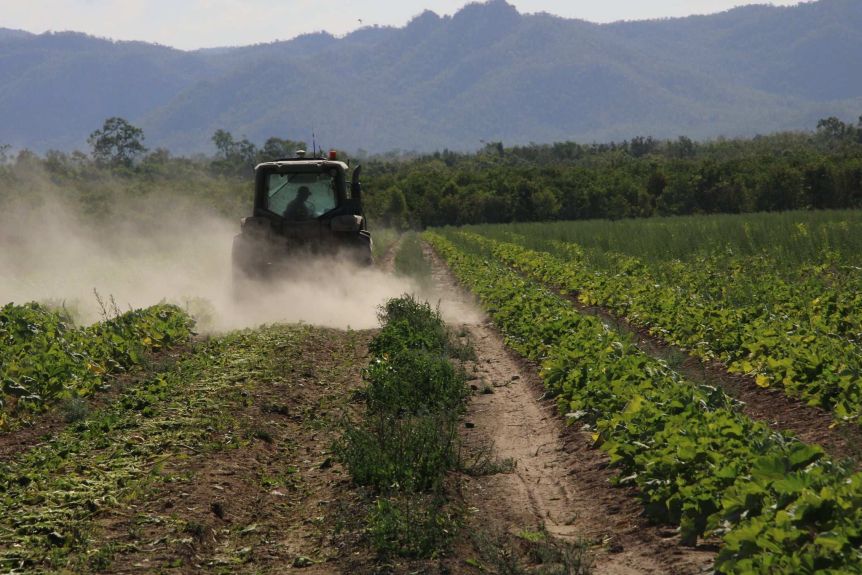
July 24, 2024 • ALL SEASONS WORKFORCE AUSTRALIA

Australian Bureau of Agricultural and Resource Economics and Sciences (ABARES) says while the horticulture industry will suffer significantly from labour shortage, there are some opportunities from high domestic demand.
A senior industry economist at ABARES, Charley Xia, told this week’s Outlook 2021 conference that there are two key factors driving up prices; labour shortage affected by workforce challenges and retail demand. The pandemic forced many Australians to stay at home and the closure of borders. This resulted in reduced labour supply for the sector. While seasonal conditions improved in most growing regions, especially for those in New South Wales and Queensland, there were significant issues in harvesting that produce in order to meet that increased demand. This issue can completely be drawn back to labour shortage. With harvests now moved across to the southern growing regions, during summer and autumn, we are forecasting production losses.

Earlier in the week, ABARES reported that the labour shortage amongst overseas harvest workers, particularly from the Working Holiday Maker program, will result in a forecast drop in fruit production by as much as 17 per cent and vegetable production by around 2 per cent. This drop in production will ultimately impact consumers, with ABARES forecasting prices to increase between 7-29 per cent.
Those prices are expected to remain high in this financial year and into the next. We think that production losses will be most significant right now in late summer and early autumn. This has been informed by farm survey data, showing that the employment of casual and contract labour on horticulture farms. In 2018-19, numbers fluctuated around 80,000 workers per month from July to January before spiking to 120,000 in February. Overseas workers, mainly backpackers were the majority of those employed. Hence, the problem of labour shortage is transforming into a grave hurdle.
He added that with international borders unlikely to reopen in the short term, this is leading to labour shortage and to make up for the losses of these workers in regional areas. This means that the impacts of labour shortages on regions and produce will be felt differently, with the biggest disruptions taking place right now.

A Legacy Carved in Sacrifice On 25 April each year, Australians and New Zealanders pause to honour those who served and sacrificed in military conflicts, particularly during the Gallipoli campaign of World War I. ANZAC Day is one of our most significant national occasions, marking the anniversary of the first major military action fought […]
Read More →
Why Poor Workforce Solutions Can Be a Costly Long Term Mistake Every business faces challenges, but the way these challenges are managed determines long term success. Imagine you’re on a long road trip, and you get a flat tyre. Instead of replacing it with an appropriate one, you opt for a space saving emergency […]
Read More →
As of January 2025, significant wage adjustments are set to take effect across various sectors in Australia, impacting industries such as horticulture, agriculture, large-scale solar (LSS), construction and meat processing. These changes are part of the Fair Work Commission’s (FWC) ongoing efforts to ensure fair compensation for workers nationwide. National Minimum Wage Increase Effective from […]
Read More →